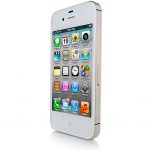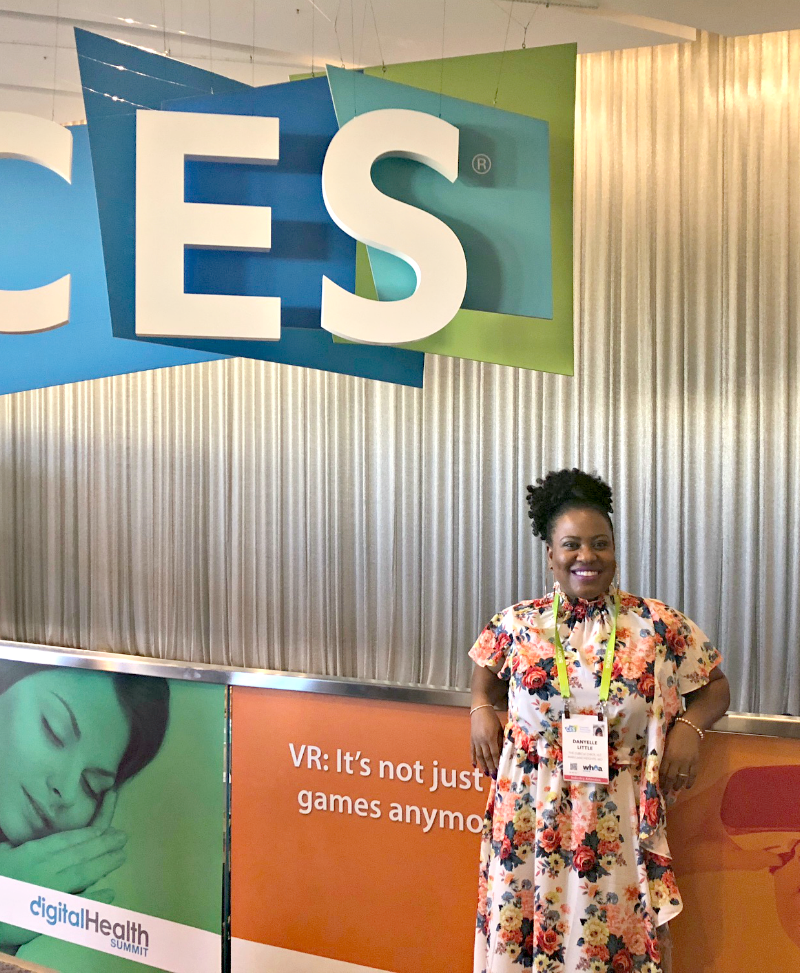
Written by Kid Noble, Tech Dude, The Cubicle Chick.com Contributor
Ever since 2008 when the T-Mobile G1 was released following the 2007 release of Apple’s iPhone, the debate has raged on about which operating system is better. Over the years, both iPhone OS and Android have received almost yearly updates to improve the OS, as well as physical phone improvements. I’m sure there are plenty of you Cubicle Chicks and Tech Guys out there that fall on either side of the fence. I’m here to tell you why Android phones are outselling Apple’s iPhone.
Android offers user customization
One of the main benefits of the Android operating system is the ability to customize your home screen to your liking. One will almost never find two Android phones where the screens look the same, or are even similar. Android offers the ability to add hundreds of different “widgets” to the different home screens on the phone.
In addition to widgets, the Android OS offers several home screen replacement apps like Slidescreen, Sweeter Home, Launcher Pro, and ADWLauncher, as well as other replacement apps that allow your Android to mimic the look of an iPhone. Users like the idea of a “custom fit” phone, adjusted to serve their needs.
Android offers a myriad of different headsets on several carriers
One of the reasons the popularity exploded when it came onto the scene was the fact that there were options. With iPhone, your options are limited. In fact, there have only been five different models of iPhone released. At any given time, there are five Android headsets offered on each of the major carriers (T-Mobile, Verizon, AT&T, Sprint). In the U.S., Android headsets are also offered on

Boost Mobile, Cricket Wireless, and U.S. Cellular.
For the user who may not like the look of the Droid Bionic, there’s also the Droid Razr and Charge to choose from. A customer may not like the look of the T-Mobile Amaze 4G, but might love the Samsung Galaxy S II. Consumers like having a choice.
For a long time, Apple’s iPhone was only offered on the AT&T network. Over the last year or so, they have expanded to include Verizon and Sprint as well. There may have been several consumers who wanted to purchase an iPhone, but were turned off by AT&T’s service for one reason or another. Now that Sprint and Verizon also carry the iPhone, look for iPhone to catch up a little in terms of market share.
There’s always something new
The fact that Android phones are released so often feeds those who like to “keep up with the Joneses.” The different Android manufacturers are in competition with each other, which naturally breeds incremental improvements with each headset released.
Apple releases their new iPhone’s once a year, around the same time of year (June, although the 4S was released in October). In the world of Android, a new phone is announced/released almost every 1-2 months. Part of this is due to Android being on several major carriers, all who carry different models. Part of this is also due to the fact that Android is offered from several different manufacturers, the most popular being Samsung, HTC, and Motorola.
Apple does a great job of building anticipation for the release of their products, but Android does a great job of staying in the front of customers’ minds by releasing products year round.
All in all, I’m not here to say one operating system is better than the other, as that is very subjective. For those who value the customization, Android is the way to go. For consumers who enjoy simplicity, Apple provides that. However, Android’s options, both on the phone and by carrier, have allowed Android to gain the upper hand when it comes to market share, and will only continue to grow.
What are your thoughts? Weigh in below in the comments section.
 #grandnationa
#grandnationa























Leave a Reply